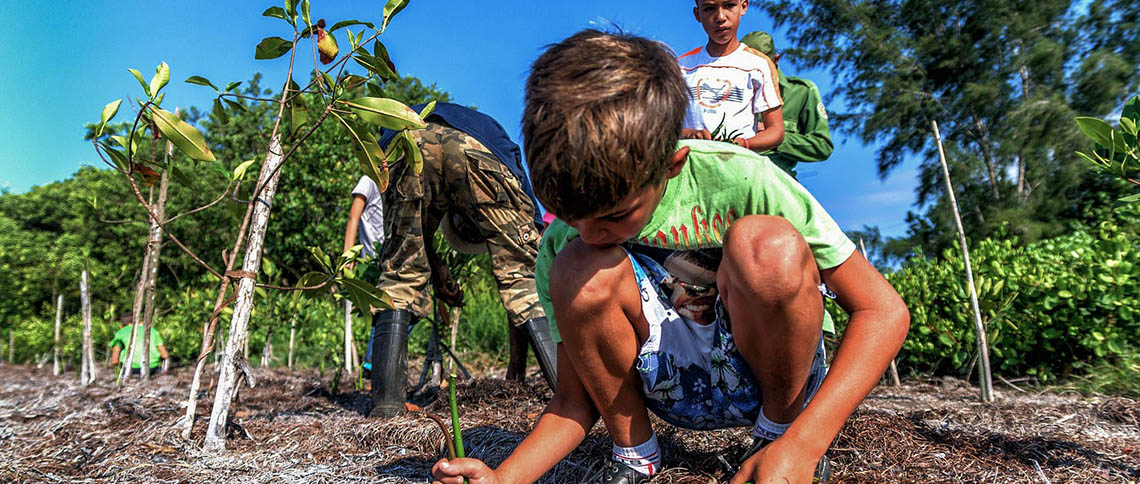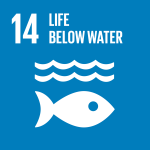
Photo:
Mangroves cover more than 5% of the total area of Cuba and play a vital protective role against effects of storm surges and sea level rise.
The five-year project 'Reduction of vulnerability to coastal flooding through ecosystem-based adaptation in the south of Artemisa and Mayabeque provinces' (2014-2019), known locally as "Manglar Vivo" ("Living Mangrove") focused on reducing the vulnerability of communities in coastal areas of Artemisa and Mayabeque provinces from climate change related coastal erosion, flooding and saltwater intrusion.
The project's successes are now being scaled up under the Green Climate Fund-financed project, 'Mi Costa' (2021 - 2028)
- Community
- Local Governments
Local communities in Artemisa and Mayabeque provinces
- United Nations Development Programme (UNDP)
- Adaptation Fund
- Government of Cuba
- Image

- Image

- Image

- Image

With the objective of increasing the resilience of populations in the coastal regions of Artemisa and Mayabeque provinces to the effects of climate change, the project will have the following key components –
Component 1: Reduction of the impacts of coastal flooding through the recovery of coastal ecosystems Re-establishment of coastal belt of red mangrove between Surgidero de Batabanó and Punta Mora (Output 1.1); Restoration of mangrove ecosystems between Majana and Surgidero de Batabanó (Output 1.2) and; Elimination and/or control of invasive alien species in coastal wetlands between Majana and Punta Mora (Output 1.3)
Component 2: Integrated and participatory management of coastal ecosystems to increase resilience to climate change Ecosystem-based adaptation mainstreamed into integrated coastal zone planning and productive sector activities (Output 2.1); Buy-in, participation and governance in local communities (Output 2.2) and; knowledge management systems at community level (Output 2.3)
Component 3: Establishment of a favourable enabling environment at regional level for the effectiveness and sustainability of adaptation investments Consolidated information on costs and benefits of EBA available to decision makers and planners (Output 3.1); Strengthened institutions including provincial and municipal Governments, Forest Guard Corps, Frontier Guards and Fisheries Department supporting ecosystem-based adaptation actions (Output 3.2)
- UNDPMontserrat XilotlRegional Technical Advisor

